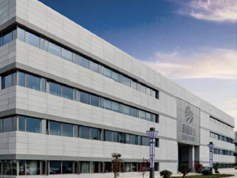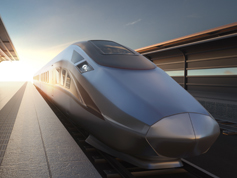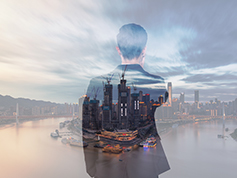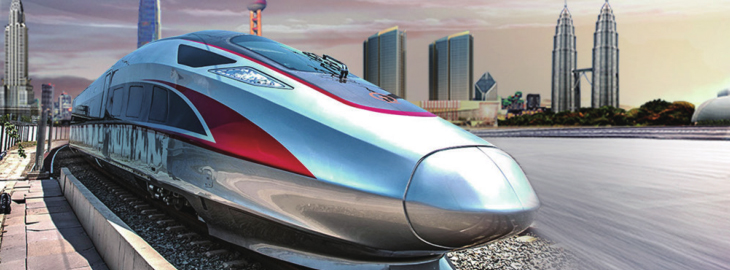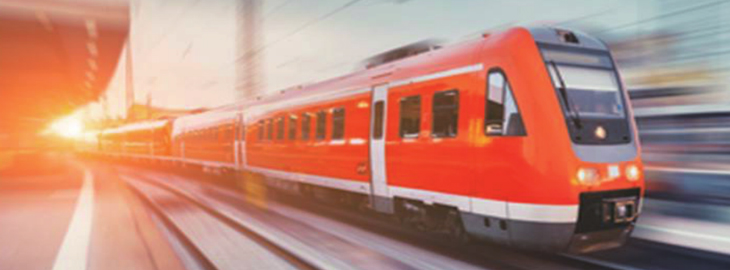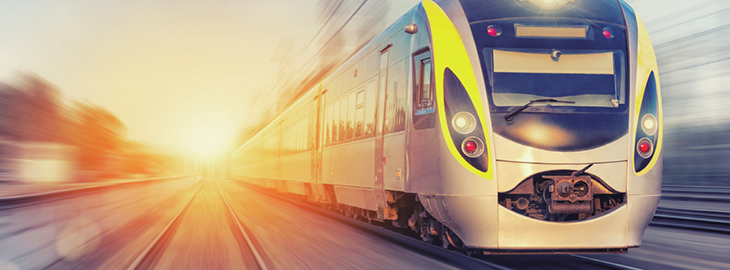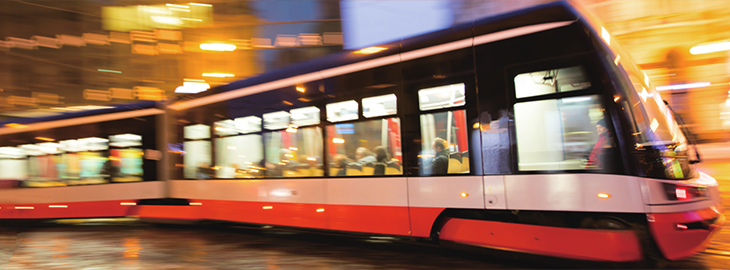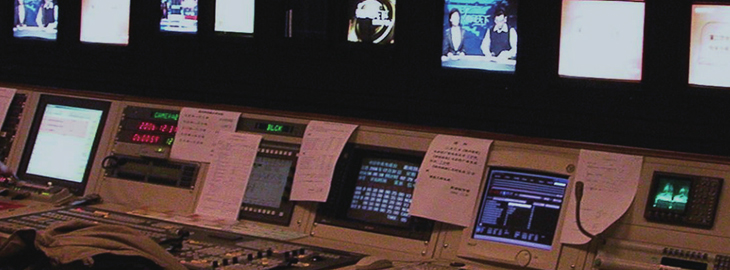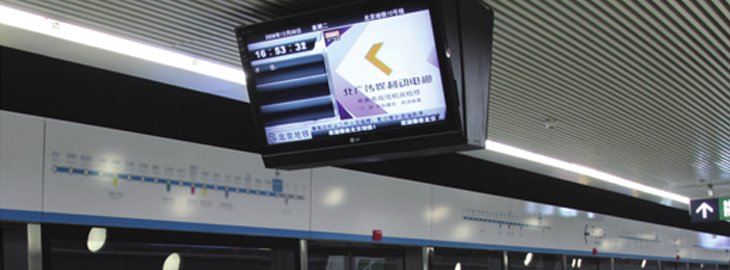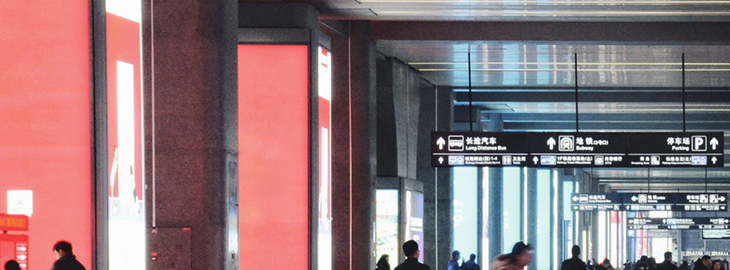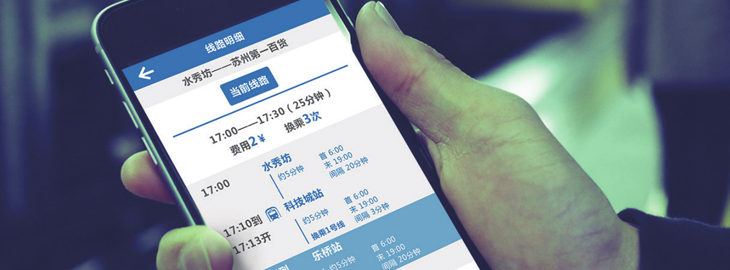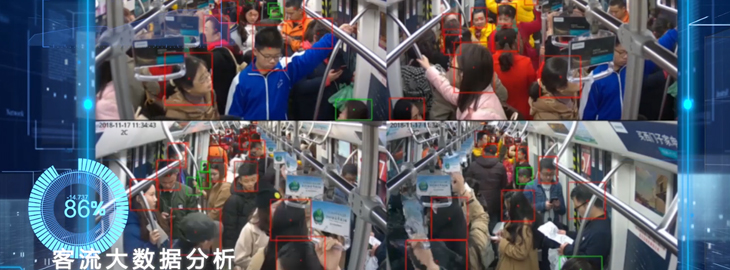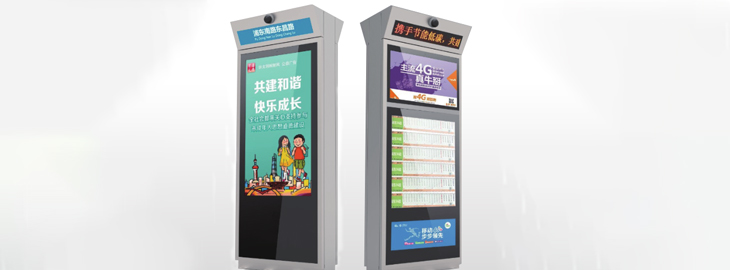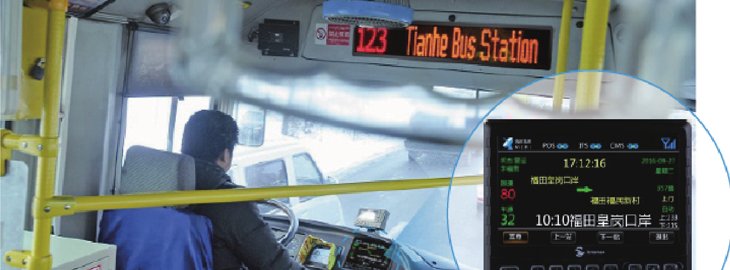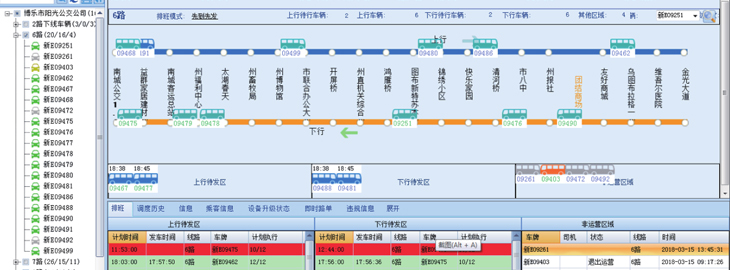 Passenger Information System of Tramcar
Passenger Information System of Tramcar
▍System features
● | The compact and small structure meets the needs of installation in narrow space. At the same time, maintainability has been taken into account |
● | Four rearview cameras of automatic configuration are applied to capture real-time getting-on/off videos |
● | The back-to-back suspended special-shaped screen is applied to display multimedia and dynamic maps |
● | Speakers are applied inside and outside compartments to provide arrival broadcasts on the platform |
▍Subsystems and main functions
Subsystems and main functions | |||
● | Automatic and semi-automatic digital voice stop announcement | ● |
|
| ● | External broadcast | ● | Driver intercom and passenger emergency intercom |
| ● | Emergency linkage | ● | Intercom of driver and OCC |
● | Control of voice priority | ● | Automatic volume adjustment |
Passenger Information display subsystem | |||
● | Internal LED display | ● | Front destination LED display |
● | Lateral destination LED display | ● | LCD dynamic map display |
Video entertainment subsystem | |||
● | Receive and play the real-time flow media from the ground PIS | ● | Priority switching of broadcast, linkage of the video and broadcast |
| ● | Centrally control and synchronously play videos of the whole train | ● | Playing of pre-stored video programs |
● | Centralized updating, multi-point distribution and continued transmission of video programs, and synchronization of clock, script and station information
| ||
CCTV subsystem | |||
● | CCTV of cab, saloon and track | ● | Automatic collection, transmission and storage of monitoring image |
| ● | Alternate display of video images on the monitor | ● | Support of digital watermarking and image labeling technologies |
● | Query, playback and download of monitoring video files | ● | Monitoring alarm linkage |
Rear-view subsystem | |||
● | Automatically display rear-view images on the monitor | ● | Achieve the function of rear viewing, using the rear-view camera instead of conventional rear-view mirror |
● | Automatically switch rear-view images of driving and stop | ● | According to the forwarding mode, automatically process the rear-view mirror images |

